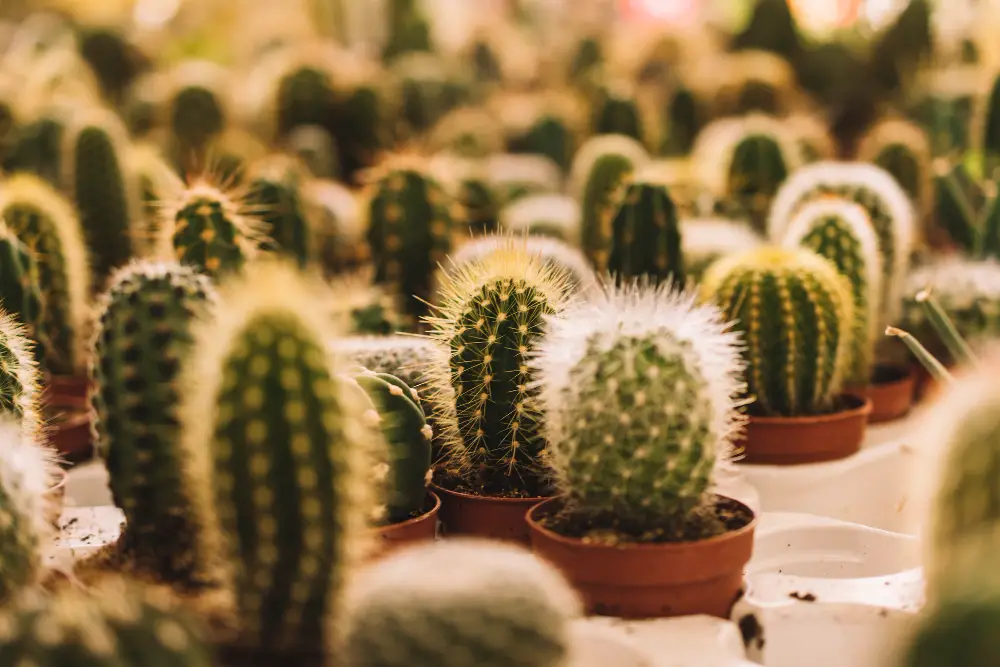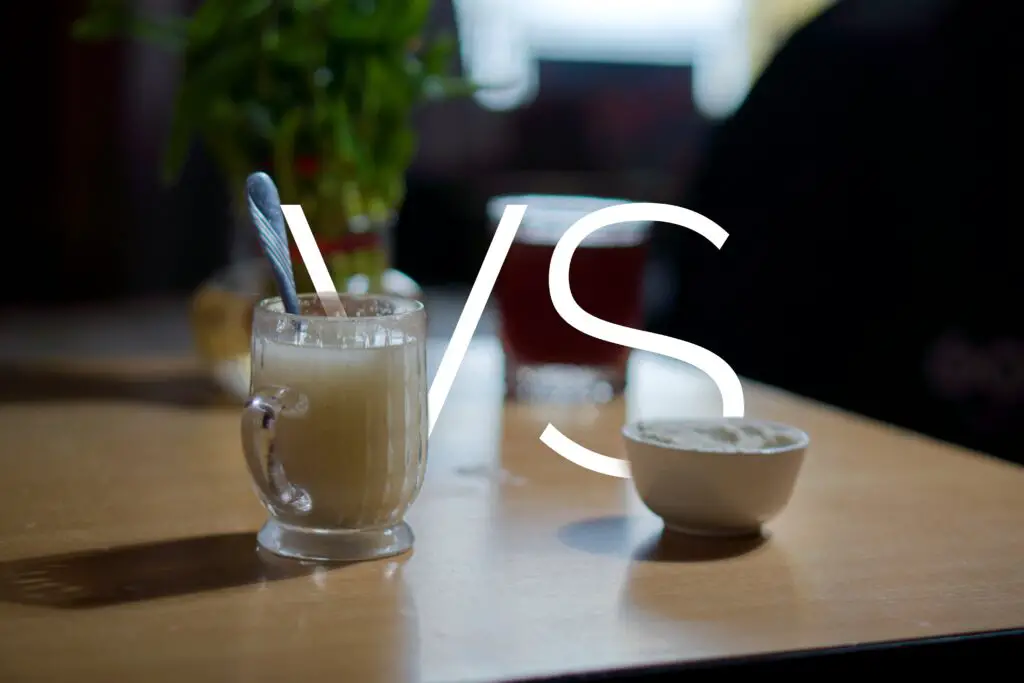Are you looking for a sustainable and stylish alternative to traditional leather? Look no further than cactus leather! So, what is cactus leather?
Imagine a world where animals are free to roam without fear of being exploited for fashion, and in their place, we have trendy and eco-friendly breathable leather from prickly pear cactus. Not only is it a quirky choice, but it’s also a fabulous way to make a statement and help our planet.
Cactus leather is an eco-friendly superhero of the fashion industry, allowing you to look great without harming animals. So why settle for traditional leather when you can be a part of the prickly revolution?
This leather is not only trendy but also stylish and appealing. Mercedes Benz, a German vehicle company, and BMW have recently started using it in the interior of their new line of electric cars. Currently, vegan cactus leather is made by Desserto, the company owned by two Mexican entrepreneurs, Adrian Lopez and Marte Cazarez. But before jumping on the bandwagon, it’s essential to address any queries related to this new product.
How is cactus leather made?
Cactus leather, also known as “nopal leather” or “vegetable leather,” is an exciting and innovative material that is made uniquely.
- First, mature leaves from the prickly pear cactus are carefully removed without harming the plant.
- Next, the leaves are cleaned and treated to remove their prickly exterior.
- Then, the fibers from the leaves are transformed into a pulp using water-based, eco-friendly binders.
- The pulp is then shaped, dried, and strengthened to create organic bio-resins.
- Finally, these resins are colored with natural pigments to enhance their appearance to produce toxic-free cactus leather.
- The result is a material almost as good as traditional leather but with the added benefit of being eco-friendly and sustainable.
Is cactus leather durable?
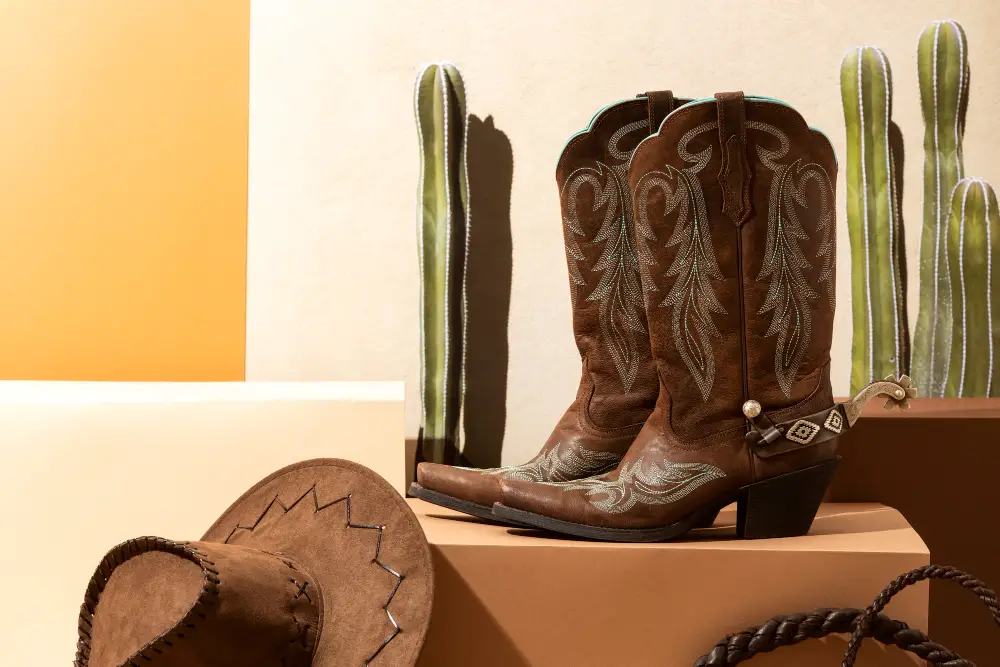

Certainly! Cactus Leathers are one of the most durable materials in the market. Their exceptional durability can be attributed to the meticulous manufacturing process that involves converting cactus fibers into tough and sturdy fabric.
This unique process produces a material that boasts incredible resistance to tearing, abrasion, and general wear and tear. Additionally, Cactus Leathers are known to be highly resistant to humid conditions, which means they can maintain their integrity even in damp environments.
Moreover, Cactus Leather products can last for a long time when used and maintained correctly. Whether you’re looking for a long-lasting wallet, bag, or any other leather product, Cactus Leather is an excellent choice that won’t disappoint you.
How to care for cactus leather?
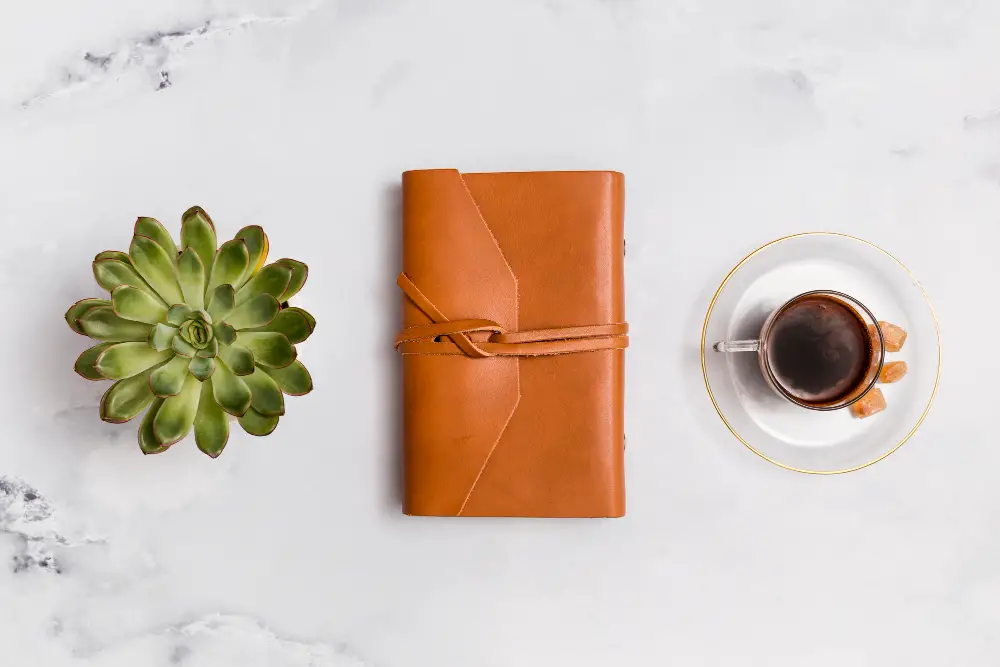

Proper handling and care can help extend the life of cactus leather products such as bags, wallets, jackets, and shoes. It is important to keep them away from direct sunlight and extreme heat, as they can cause the color to fade and the leather to lose its luster.
After use, store cactus leather items in a cool and dry place, free from dust, to avoid scratches.
To clean cactus leather products, gently wipe them with a soft, damp cloth. It is recommended to use mild soaps specifically designed for cleaning leather and avoid excessive water, as cactus leather is not water-resistant like traditional leather..
Why prefer cactus leather?
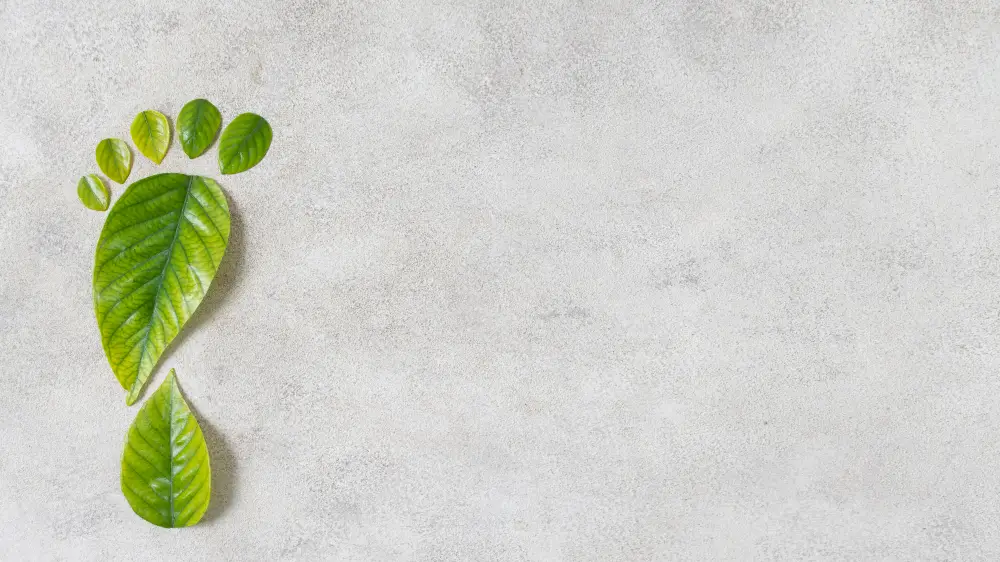

Cactus leather is becoming increasingly popular as an alternative to traditional animal leather for several reasons.
- The production of traditional leather requires killing animals, which indirectly leads to deforestation and greenhouse gas emissions. In contrast, cactus leather is made from cactus leaves that do not require fertilizers or excess water and can grow in arid regions.
- It shares qualities like durability, texture, and appearance with traditional leather while being free from toxic chemicals, making it environmentally friendly.
- The production of cactus leather supports local businesses in areas where cactus is grown and cultivated. Its cultivation helps control desertification by reducing soil erosion and improving soil quality, making it beneficial to the local community and ecosystem.
- With the rising demand for fashionable leather goods, cactus leather provides a sustainable and environmentally friendly alternative that can meet the demands of both fashion and utility, promoting eco-friendly shopping.
Is cactus leather pocket-friendly?
Even though it may be slightly more expensive than some synthetic leather alternatives, like faux leather, it is still cheaper than genuine animal leather.
Moreover, cactus leather has a greater shelf life, making it a cost-effective and sustainable option in the long run.
By choosing cactus leather, you can help reduce our impact on the planet while also enjoying the durability and superior quality of this smart investment.
What is the Environmental impact of making cactus leather?
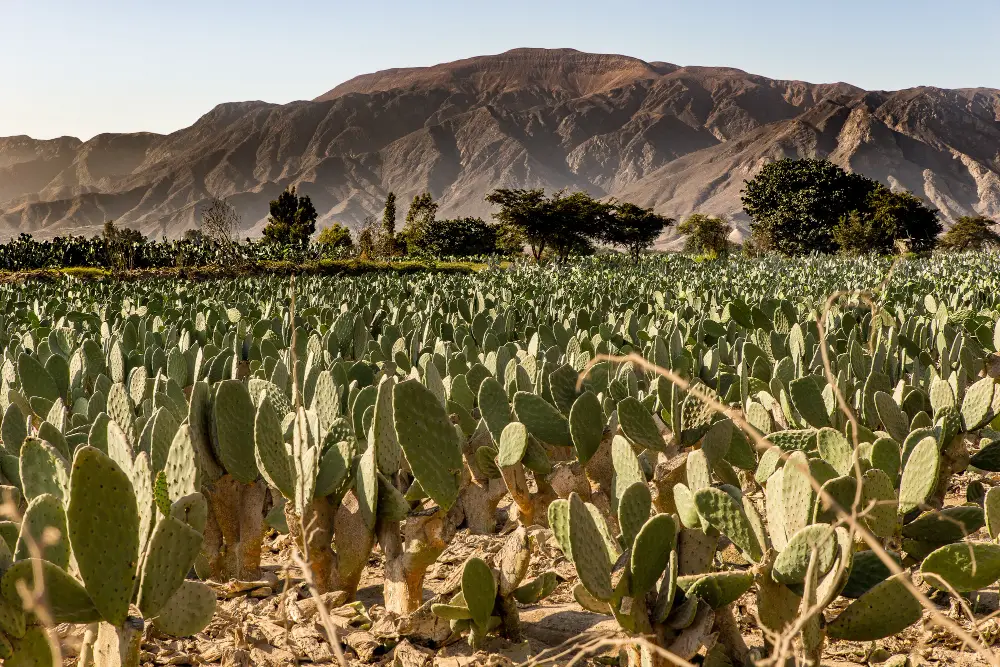

Cactus leather is a type of cruelty-free leather that has a significantly lower environmental impact compared to traditional animal leather. This is because the Prickly Pear Cactus, from which it is made, is a fast-growing plant that requires very little water and chemicals to grow.
It can even thrive in non-arable land, making it a cost-effective and eco-friendly option.
Furthermore, the plant can absorb carbon dioxide from the atmosphere and store it in the soil, thus helping to reduce the greenhouse effect caused by carbon dioxide emissions.
Producing cactus leather has a positive impact on the environment and is a great choice for those seeking a natural lifestyle.
cactus leather vs animal leather
The world is moving towards a plant-based lifestyle, and people are opting for various plant-based textiles like vegan silk and cactus leather.
Cactus leather is a sustainable and cruelty-free alternative to traditional leather, meeting the growing demand for leather in the fashion and textile industry.
While cactus leather leaves a minimal carbon footprint on nature, animal leather is the opposite. It requires huge chemical tanning processes that involve the slaughtering of animals and excessive water usage for almost all the unit operations of the making process.
With almost the same cost and texture as animal skin leather, cactus leather presents a compelling option for consumers seeking a durable, plant-based, and cruelty-free product.
Is cactus leather biodegradable?
Cactus leather is a new type of leather that is made from cactus pulp with other almost biodegradable materials. This results in a biodegradable leather product that can naturally biodegrade over time.
Unlike animal leather, which requires a tanning process that involves a heavy load of chemicals, cactus leather is much easier to biodegrade. This makes it a more eco-friendly option for those who are looking for sustainable leather alternatives.
Cactus Leather: The Future Vegan Fashion
With the textile and fashion industry’s growing demand for leather and people becoming increasingly aware of the sustainability of resources, cactus leather has the potential to bring about a revolutionary change in sustainable fashion.
Being a plant-based leather alternative, it is not only eco-friendly but also cruelty-free, making it an excellent choice for conscious consumers who want to reduce their environmental footprint.
It is evident that the emergence of new companies that use bio-based materials to make environmentally friendly products has revolutionized the market. Cactus leather, in particular, has gained popularity as it covers almost all the functions of animal leather. With its eco-friendly properties and durability, cactus leather has the potential to replace traditional animal leather completely.
Featured Image by Freepik
